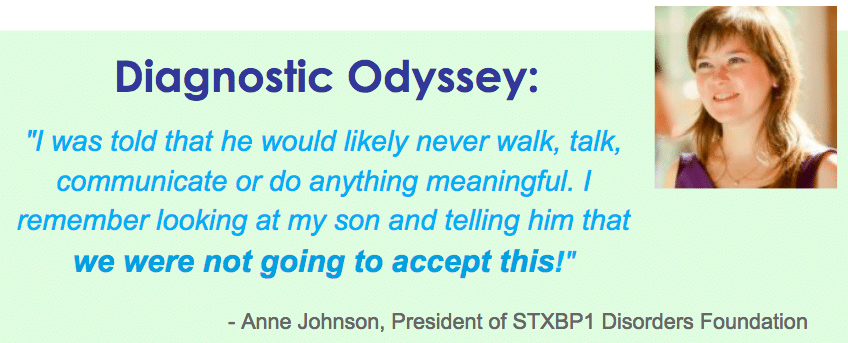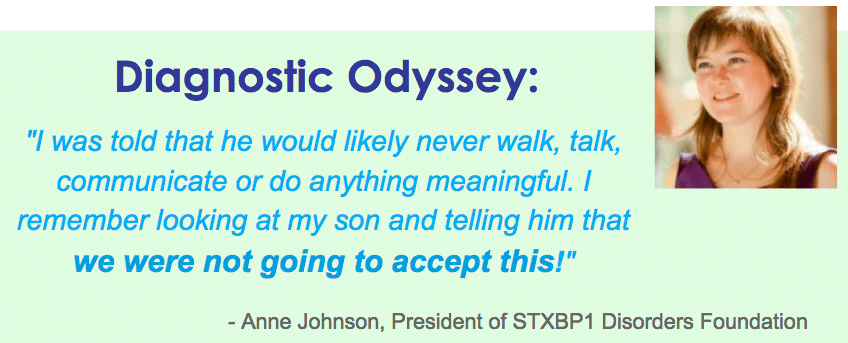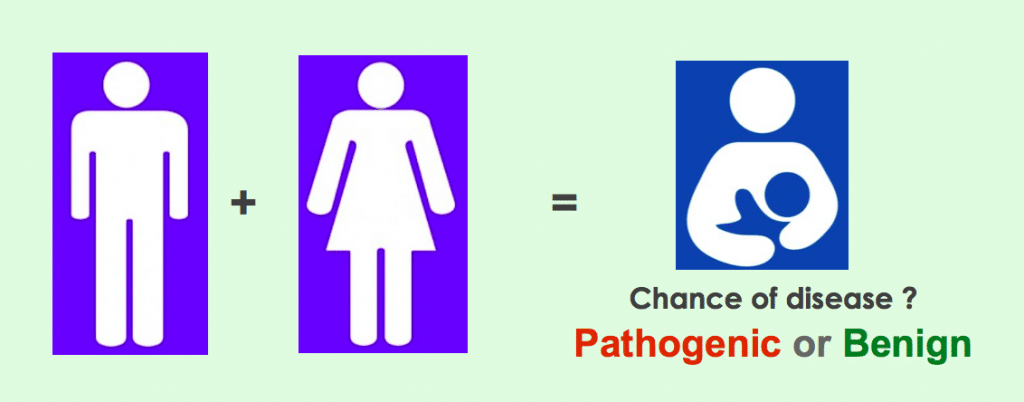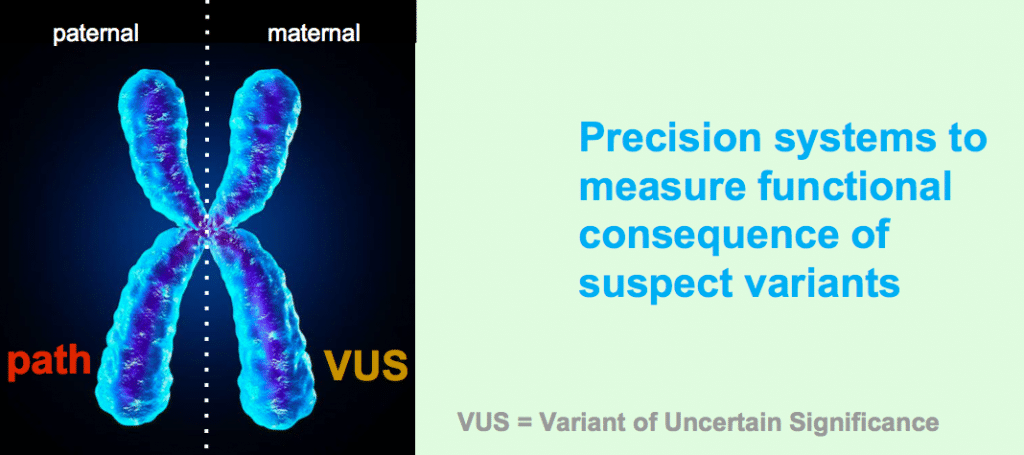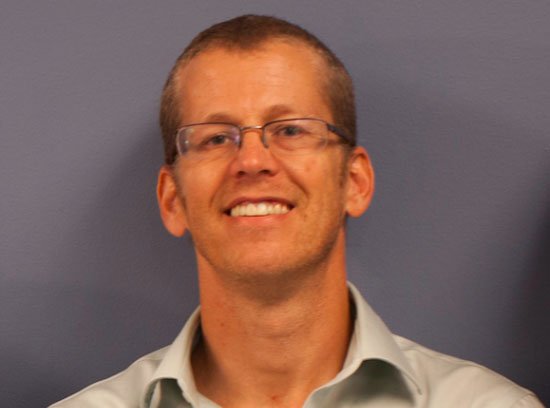The passion to find answers is inspiring.
I had the good fortune to attend the KCNQ2 Cure Summit 2018. Meeting the patient families and seeing their passion to find answers, brings meaning and urgency to the work I have been doing to develop high-throughput drug screening platforms.
What can we do to help these families?
The first step I have been doing is to get more understanding. KCNQ2 cure is a patient organization that strives to raise “research funds for KCNQ2 epileptic encephalopathy, a rare and catastrophic form of epilepsy beginning in the first days of life.” By nature of the name, the foundation focus on how DNA sequence variation in the KCNQ2 gene does or does not causes epilepsy. For those variations that cause disease (pathogenic), the foundation supports research to find new treatments and therapies. As I previously blogged, KCNQ2 has 21% of the 855 variants in the NCBI database (https://www.ncbi.nlm.nih.gov/variation/view) as known or suspected to be pathogenic. About another 10% are known to be benign or likely benign. That leaves 69% variants for which we are scratching our head and feeling uncertain, or there nothing known about them. The challenge to the expecting parent is “What is the likelihood I will be passing on a disease to my child?”
For the expecting parent what becomes important is to know the status of the KCNQ2 gene being passed on to the child. There are two ways to pass the genetic disease to our children. For some of the KCNQ2 variants, they are recessive – both copies of the gene will need to have these recessive pathogenic alleles in order to manifest disease. It may be the father provides a chromosome where the KCNQ2 gene is defective with a pathogenic variation. From the mother, her gene copy for KCNQ2 may contain a variant of uncertain significance (a “VUS” allele). The chance that epilepsy will manifest in the child remains uncertain due to uncertainty of the mother’s VUS allele.
Yet a majority of variants in KCNQ2 are autosomal dominant. Unlike a recessive allele, only one bad copy is needed for the disease to manifest. In these cases, the mutation is almost never detected at high level in the parent. Instead of being past down by the parent, the pathogenic variant is thought to have occurred by random chance and becomes manifest at conception. These are considered to be de novo variations because they are not detected to be present in one of the chromosomes of either parent – both the mom and dad appear to be homozygous wild-type. In many of these cases, a random mutation occurred when either the Dad’s sperm or the mother’s egg were formed. This happens because replication of DNA is not perfect. There is a very low frequency of DNA replication errors – close to 1 in every 1,000,000,000 base pairs (Pray 2008). That means that each gamete (sperm or egg) has at least 3 errors somewhere in the genome. Thankfully 98.8% of the genome is non-coding, so a change in coding sequence is quite rare. Add in that the genome size is 20,000 genes, it becomes very rare that the KCNQ2 gene picks up a mutation by chance.
What are the chances of that!?
Mosaic in the parent
Yet some de novo assigned conditions have much higher frequency than they should. A very interesting phenomenon that was illustrated multiple times by the speakers at the KCNQ2 Cure Summit was the issue of mosaicism. If getting a de novo variation is an ultra rare “roll-of-the-dice,” how is it that a surprising number of the KCNQ2 families with “de novo” origin have more than 1 effected sibling? That should just not happen at chance if DNA replication is as good as we have measured it to be in laboratory tests. A big component of the answer to that puzzle turns out to be a phenomenon called mosaicism (Weckhuysen 2012, Milh 2015, Mulkey 2017). Lets now imagine a situation where the Dad may have pick up a random pathogenic mutation occurring shortly after he was conceived by his parents. If the error occurred during the 3rd cell division event in utero, then 1/8th of his cells would have the pathogenic variant. Now as a grown man and expecting father, 1 in 16 of his sperm harbor the pathogenic variant. There is significant (non-rare) risk he can pass the variant on to more than one of his children. Yet, because more than 80% of his cells do not have the variant, he remains dosage compensated and unaffected. His child’s variation appears “de novo,” but it is actually being inherited at a less than mendelian frequency. Dr. Ingrid Scheffer, who is helping write the definitions of what is epilepsy (Scheffer 2017), gave a presentation suggesting near 8% of the proband Mom and/or Dad on de novoassignments have evidence of mosaicism. She suggest high depth sequencing of exomes should become more important to the clinician in helping them get an accurate diagnosis.
Enhancer/suppressor effect
Another phenomenon that could alter the presentation of a gene’s phenotype is to have a compensating variation somewhere else in the genome. This is the form of a classic suppressor effects taught in genetics courses. Another gene, usually upstream in the functional pathway, can have a mutation that suppresses the effect of the variant in question – a condition referred to as an epistasis. For instance, a KCNQ2 variant in one person may lead to a pathogenicity that is quite severe, while another person having the same KCNQ2 variant presents with a less severe phenotype due to a compensating mutation somewhere else in the KCNQ2 signaling pathway. Conceptually applied, if you had a Gain-of-Function (GOF) variant in KCNQ2 and a Loss of Function (LOF) variants in either SCN1a or STXBP1, this would could counter the bad effect and restore activity towards wild-type behavior. This effect in ion channels has been recently documented and described (Noebels 2017). Dr Phillip Pearl, the Director of Epilepsy and Clinical Neurophysiology at Boston Children’s Hospital and William G. Lennox Chair and Professor of Neurology at Harvard Medical School, gave a lecture on variant types and how they fall into classes of mild (BNFE) and severe (EE) variant groups. So, mediating severity will not only be the molecular nature of variation severity in the KCNQ2 gene, but also what is the profile of the background variants for enhancing or suppressing that given variant’s expressivity and penetrance.
If you would like to learn more, see some of the KCNQ2 Cure speaker presentations here
References
Pray, L. DNA Replication and Causes of Mutation. Nature Education 2008 1(1):214 https://www.nature.com/scitable/topicpage/dna-replication-and-causes-of-mutation-409
Scheffer IE et al. ILAE classification of the epilepsies: Position paper of the ILAE Commission for Classificationand Terminology. Epilepsia. 2017 Apr;58(4):512-521. doi: 10.1111/epi.13709. Epub 2017 Mar 8. https://www.ncbi.nlm.nih.gov/pubmed/28276062
Weckhuysen S et al. KCNQ2 encephalopathy: emerging phenotype of a neonatal epileptic encephalopathy. Ann Neurol. 2012 Jan;71(1):15-25. doi: 10.1002/ana.22644. https://www.ncbi.nlm.nih.gov/pubmed/22275249
Milh M et al. Variable clinical expression in patients with mosaicism for KCNQ2 mutations. Am J Med Genet A. 2015 Oct;167A(10):2314-8. doi: 10.1002/ajmg.a.37152. Epub 2015 May 10. https://www.ncbi.nlm.nih.gov/pubmed/25959266
Mulkey SB et al. Neonatal nonepileptic myoclonus is a prominent clinical feature of KCNQ2 gain-of-function variants R201C and R201H. Epilepsia. 2017 Mar;58(3):436-445. doi: 10.1111/epi.13676. Epub 2017 Jan 31. https://www.ncbi.nlm.nih.gov/pubmed/28139826
Noebels J. Precision physiology and rescue of brain ion channel disorders. J Gen Physiol. 2017 May 1;149(5):533-546. doi: 10.1085/jgp.201711759. Epub 2017 Apr 20. https://www.ncbi.nlm.nih.gov/pubmed/28428202

